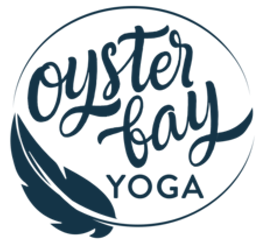by Susanne Seripiero
Posture is defined as the position in which someone holds his or her body when standing or sitting. Visually you can tell a lot about a person through their posture. Are they confident, sad, cold, scared, happy? Can they control it? In this era of technology we are constantly looking down at our phones, sitting at a computer, slouching more than ever. Text neck is actually a thing! Good posture involves training your body to stand, walk, sit and lie in positions where the least strain is placed on supporting muscles and ligaments during these activities. Bad posture can pull bones and muscles out of alignment but also it could compress your chest, lungs and stomach leading to many health aliments.
It is important to know that our bones, muscles and joints are all part of the musculoskeletal system that defines our posture. Muscle tone is important in maintaining good posture. A muscle that is not used or is considered weak is in atrophy (has decreased in size and strength). A muscle that is repeatedly used forcefully increases in size and strength and is in a state of hypertrophy.
Joseph Pilates the creator of a movement first called Controllogy then later changed to Pilates, believed proper breathing and proper posture, lead to the correction of various physical ailments. This belief was the focus of his studio and in his books. Similar to yoga, it is a mind/body exercise focusing on 6 principals (Centering, Control, Concentration, Precision, Breathing, Flow).
Pilates is an exercise in opposition. A Pilates instructor will cue you to stretch and work some muscles often extending in the opposite direction to other muscles or parts of you body. Instead of shoulders rolling forward, Pilates cues one to draw your shoulder blades down your back, opening up your collarbone. For instance in a double leg stretch, your arms and legs reach opposite directions to force you to use your deep abdominal muscles to support the position. Your abdominals get a lifting feeling as you reach that in opposition to the movement of the legs. Continued practice creates long, lean muscles.
Most people have bad posture and the long-term effects are huge! If you are imbalanced in your body that means some of your muscles are compensating for other muscles and eventually the ones doing all the work are going to quit. The common postures you will see with most people are:
Kyphotic-Lordotic posture: hunched over your desk condition. Tight hip flexors, neck tension, tight chest and upper back, weak abs, weak hamstrings and weak gluteus maximus.
Flat-Back: shallow breathing due to tight musculature between the ribs. Tight hamstrings, hip flexors long and weak, forward lean, knees slightly hyperextended.
Swayback: plantar fasciitis, hyperextended knees, tight hamstrings, weak glutes, painful lower back, weak external oblique, short and tight upper fibers of internal oblique, weak lower abs, strong upper abs, shoulder round forward. Sunken chest.
Postural scoliosis: hip is hiked to one side, one leg shorter than the other, pelvis thrusts forward on one side, one shoulder sits higher than the other.
Pilates teaches you how to engage the muscles around your spine to promote changes in habitual posture. Mat Pilates classes are performed on the floor using gravity and your own body weight to execute the movements and provide resistance. New clients are encouraged to perform exercises slow and steady building up strength. Modifications are plenty in every movement and preferred if you are new, injured or just getting back into it. It’s never too late to develop healthy habits, including improving your posture. If you want to try some Pilates classes to see how good it feels and how it can help your posture and build your strength, check out Oyster Bay & Glen Cove Yoga’s website for classes.

